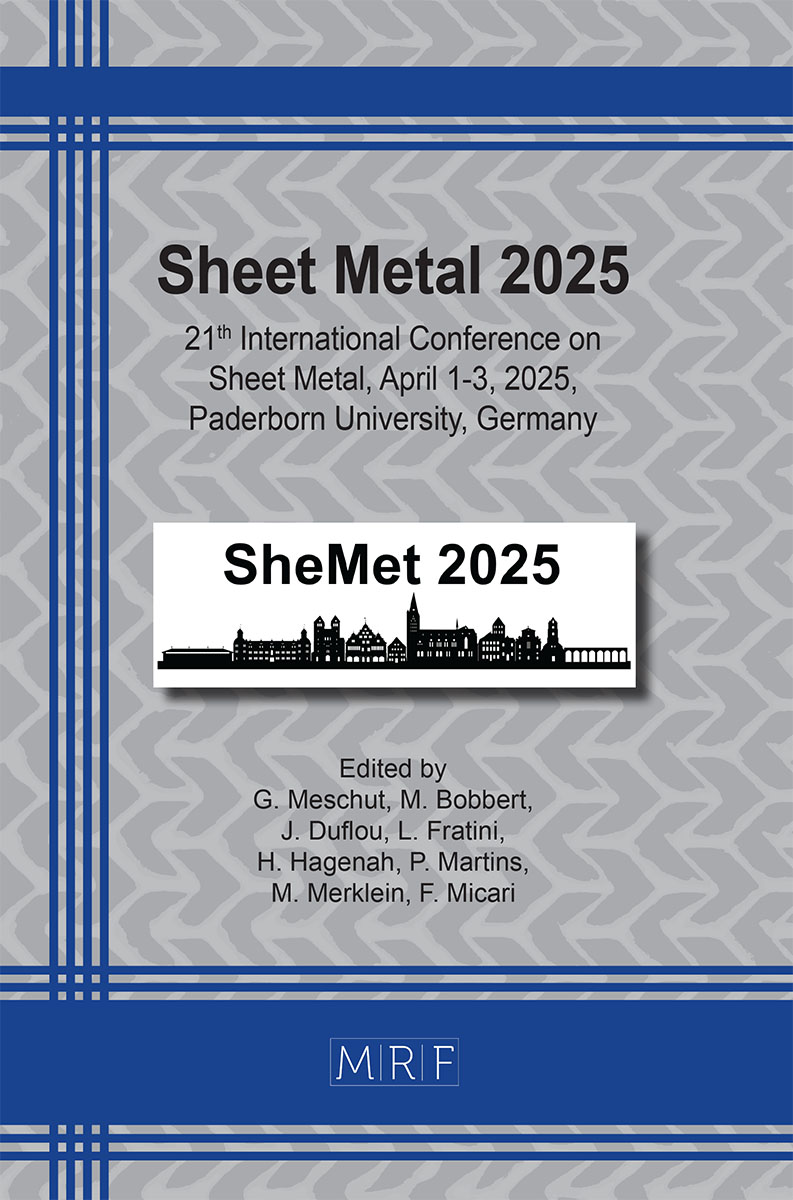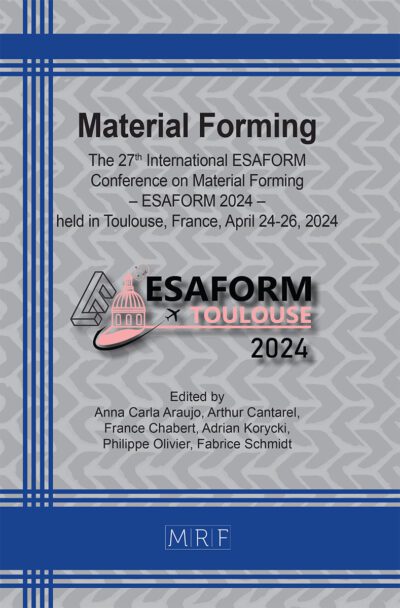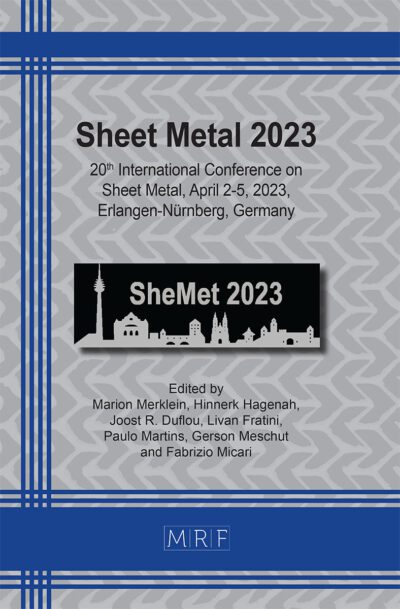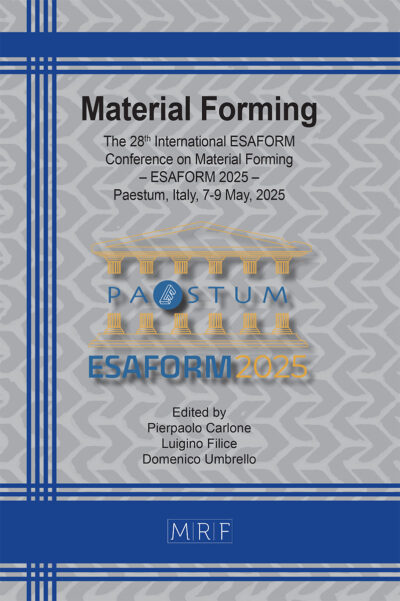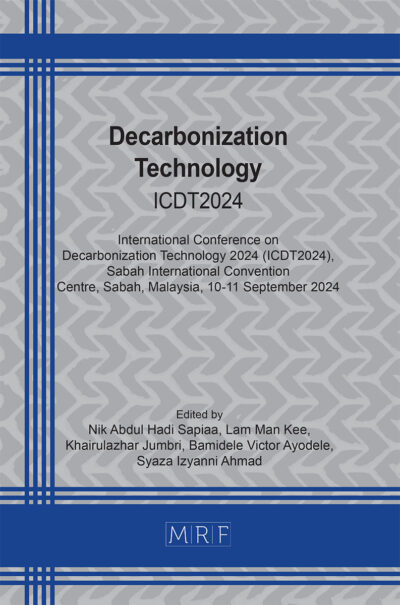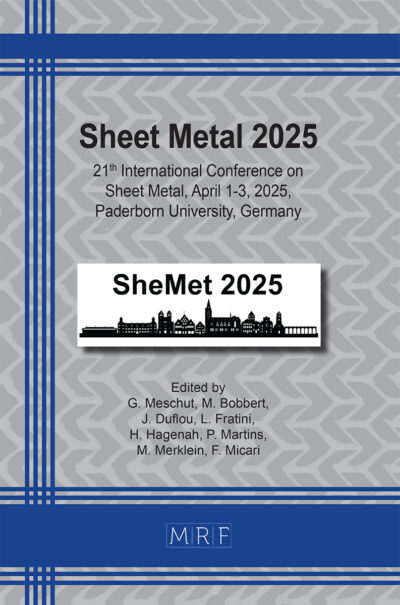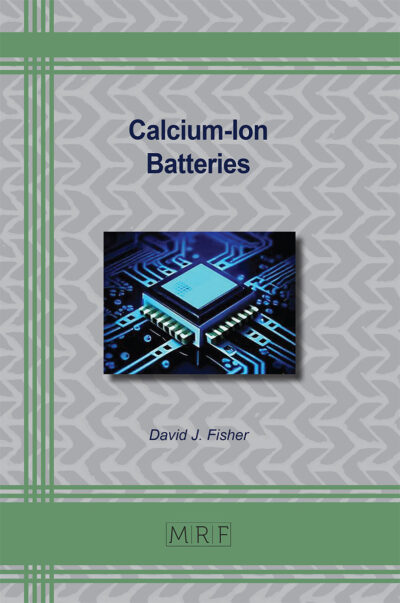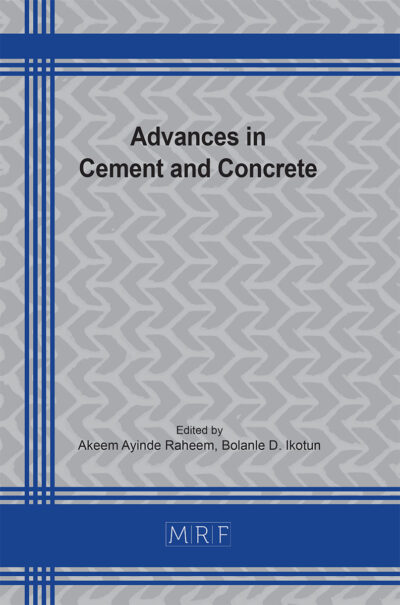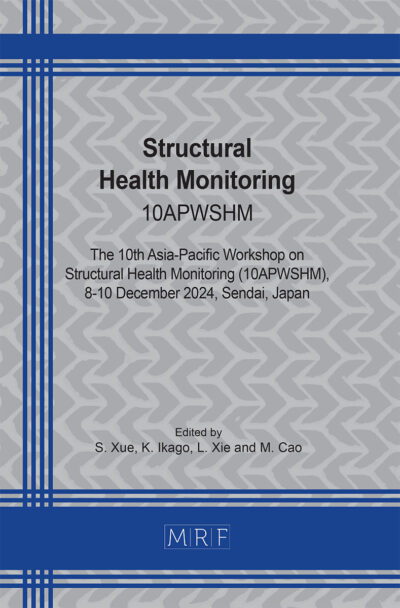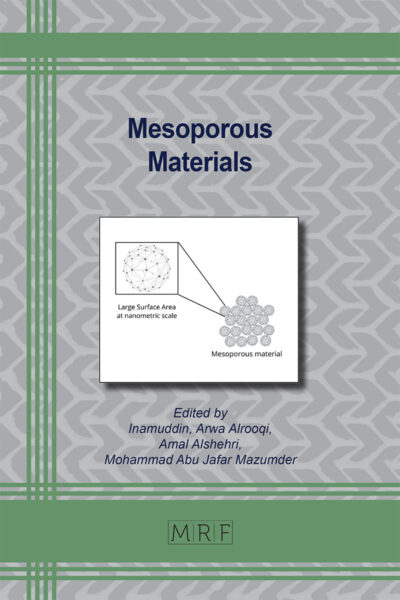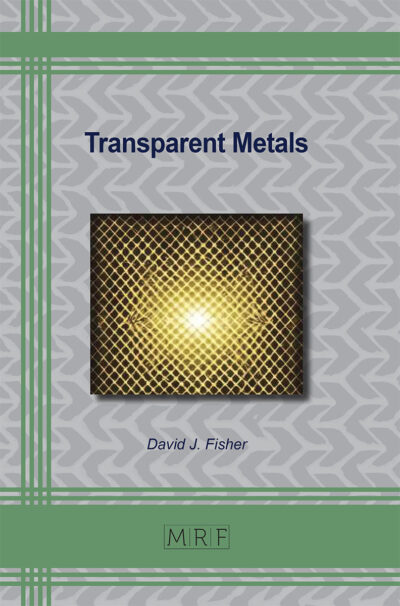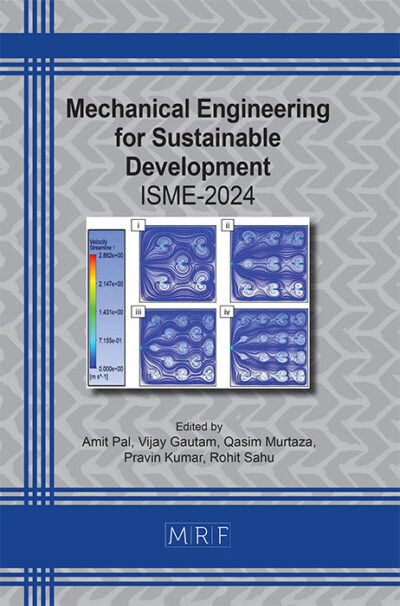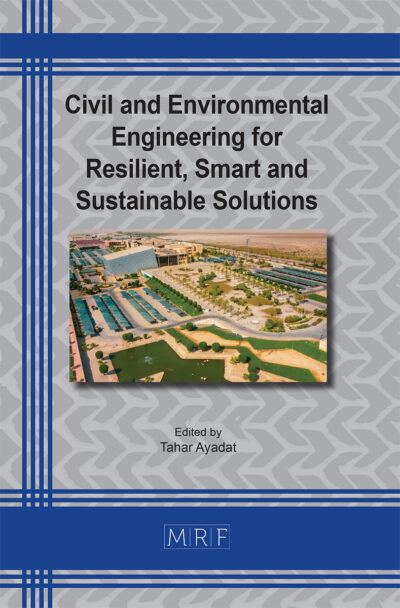In situ computed tomography – Analysis of settling effects during single-lap shear tests with clinch points
Daniel Köhler, Juliane Troschitz, Robert Kupfer, Maik Gude
Abstract. In the field of mechanical engineering, destructive tests such as shear tests of mechanical joints are usually followed by imaging methods such as microsectioning or computed tomography (CT). They can help to interpret the measured load-displacement curves, analyze the failure behavior and validate numerical models. However, due to unloading, springback effects and crack closures can occur, which influence the state of the investigated specimen. In this context, in situ CT is able to explore the testing process with a specimen under load avoiding these influences. For in situ CT investigations, the displacement increase is interrupted at certain stop points. While the displacement is kept constant, the CT scan is performed. However, it was observed that the reaction force reduces during CT scanning, e. g. due to settling effects in the test setup. Although in situ CT is established now in research, little attention is paid to the uncertainties which arise from the discontinuous testing procedure. This study systematically explores the impact of these interruptions on the load-displacement behavior and the geometry of clinch points during tensile shear testing. To quantify the influence of the interruptions, loads at defined displacement levels and the final geometry are evaluated statistically. We found, that the load-displacement behavior of both test groups is similar. Despite some small but significant statistical deviations of the loads and the final geometry, our results show that, discontinuous testing has a high level of significance for the phenomena overserved in shear tests with clinch points.
Keywords
Joining, Sheet Metal, Computed Tomography
Published online 4/1/2025, 8 pages
Copyright © 2025 by the author(s)
Published under license by Materials Research Forum LLC., Millersville PA, USA
Citation: Daniel Köhler, Juliane Troschitz, Robert Kupfer, Maik Gude, In situ computed tomography – Analysis of settling effects during single-lap shear tests with clinch points, Materials Research Proceedings, Vol. 52, pp 117-124, 2025
DOI: https://doi.org/10.21741/9781644903551-15
The article was published as article 15 of the book Sheet Metal 2025
![]() Content from this work may be used under the terms of the Creative Commons Attribution 3.0 license. Any further distribution of this work must maintain attribution to the author(s) and the title of the work, journal citation and DOI.
Content from this work may be used under the terms of the Creative Commons Attribution 3.0 license. Any further distribution of this work must maintain attribution to the author(s) and the title of the work, journal citation and DOI.
References
[1] S.A. Nourani, G. Stilwell, D.J. Pons, Shear testing of clinch joints at different temperatures: Explanation of the failure sequence, Journal of Advanced Joining Processes 7 (2023) 100140. https://doi.org/10.1016/j.jajp.2023.100140
[2] Y. He, L. Yang, J. Dang, A. Gao, W. Zhang, Evaluation of Shear and Peel Strength of Al1060 Single-Lap and T-Lap Joints Produced by Rotated Clinching Process with Twin Rotating Punches, Materials (Basel) 15 (2022) 4237. https://doi.org/10.3390/ma15124237
[3] A. Barimani-Varandi, A.J. Aghchai, F. Lambiase, Failure behavior in electrically-assisted mechanical clinching joints, Journal of Manufacturing Processes 68 (2021) 1683–1693. https://doi.org/10.1016/j.jmapro.2021.06.072
[4] S. Coppieters, H. Zhang, F. Xu, N. Vandermeiren, A. Breda, D. Debruyne, Process-induced bottom defects in clinch forming: Simulation and effect on the structural integrity of single shear lap specimens, Materials & Design 130 (2017) 336–348. https://doi.org/10.1016/j.matdes.2017.05.077
[5] B. Da Alves Silva, Failure analysis of novel aluminum-copper joints for electric vehicle battery applications. Master Thesis, Porto, 2024.
[6] W.G. Drossel, R. Mauermann, R. Grützner, D. Mattheß, Numerical and Experimental Analysis of Self Piercing Riveting Process with Carbon Fiber-Reinforced Plastic and Aluminium Sheets, KEM 554-557 (2013) 1045–1054.
[7] B. Gröger, D. Köhler, J. Vorderbrüggen, J. Troschitz, R. Kupfer, G. Meschut, M. Gude, Computed tomography investigation of the material structure in clinch joints in aluminium fibre-reinforced thermoplastic sheets, Production Engineering (2021). https://doi.org/10.1007/s11740-021-01091-x
[8] T. Borgert, D. Köhler, E. Wiens, R. Kupfer, J. Troschitz, W. Homberg, M. Gude, 2024. In-situ computed tomography analysis of the failure mechanisms of thermomechanically manufactured joints with auxiliary joining element. Proceedings of the Institution of Mechanical Engineers, Part L: Journal of Materials: Design and Applications, 14644207241232233. https://doi.org/10.1177/14644207241232233
[9] D. Köhler, R. Kupfer, J. Troschitz, M. Gude, In Situ Computed Tomography-Analysis of a Single-Lap Shear Test with Clinch Points, Materials (Basel) 14 (2021). https://doi.org/10.3390/ma14081859
[10] S.S. SHAPIRO, M.B. WILK, An analysis of variance test for normality (complete samples), Biometrika 52 (1965) 591–611. https://doi.org/10.1093/biomet/52.3-4.591
[11] T.W. Anderson, D.A. Darling, Asymptotic Theory of Certain “Goodness of Fit” Criteria Based on Stochastic Processes, Ann. Math. Statist. 23 (1952) 193–212. https://doi.org/10.1214/aoms/1177729437
[12] H. Hamasaki, Y. Morimitsu, F. Yoshida, Stress relaxation of AA5182-O aluminum alloy sheet at warm temperature, Procedia Engineering 207 (2017) 2405–2410. https://doi.org/10.1016/j.proeng.2017.10.1016

